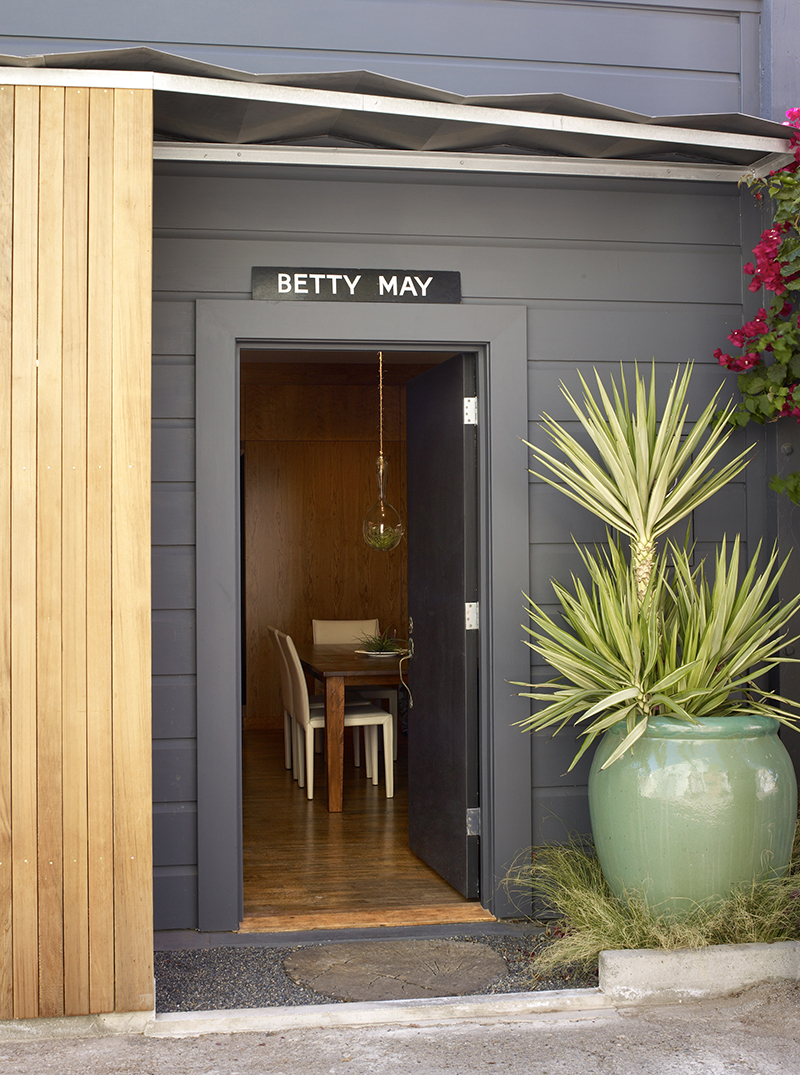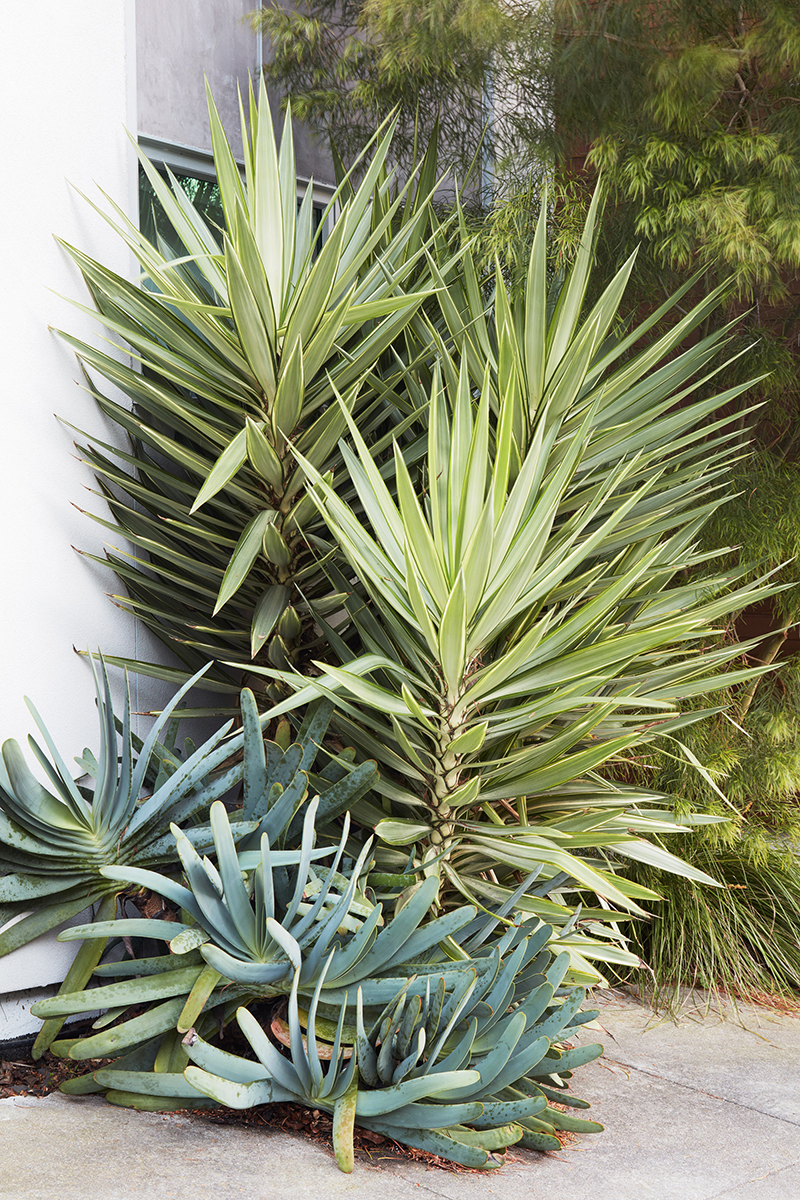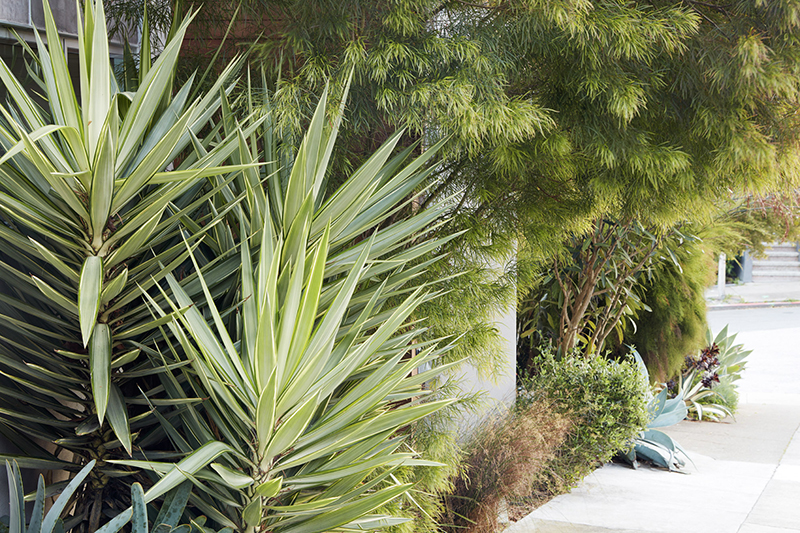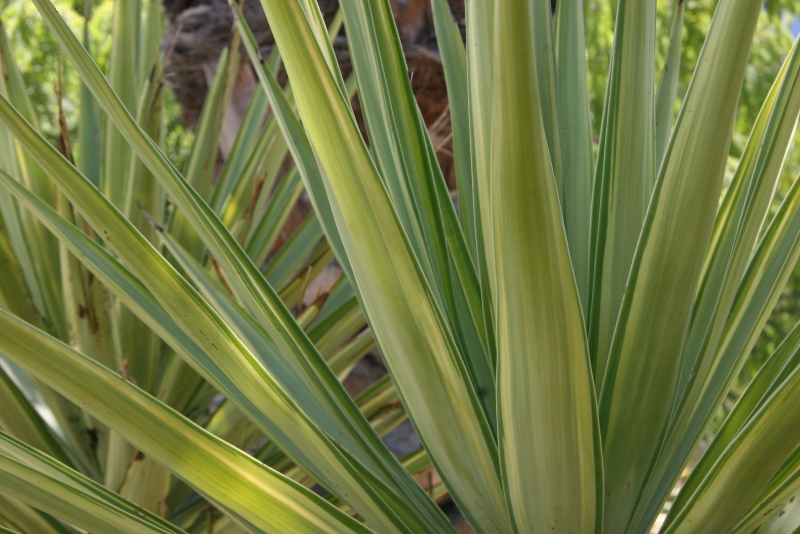




| height | 12–20ft | |
| width | 3–6ft | |
| tolerates | Coast, Drought, Deer , Heat, Pots, Rooftops, Neglect, Salt, Wind | |
| water needs |
Low – Moderate | |
| water info |
This yucca loves it all. Plant it, never water it, and it’ll look good and grow, but give ample water during warm weather and watch it take off! We often see very old and massive specimens in abandoned yards, looking fabulous surrounded by scorched weeds. This thing is tough! |
|
| hardy to |
20F | |
| exposure | Full Shade – Full Sun | |
| indoor outdoor |
Outdoor | |
| drainage | In Ground: Cactus Mix, In Pots: Cactus Mix, Tolerates Heavy Soil, Tolerates Sandy Soil | |
| fertilizing | All Purpose, Low Needs | |
| origin | Hybrid | |
| california native |
No | |
| sunset zones |
9–24 |
Full Sun
Six or more hours of sun beams directly landing on the plant's leaves.
Part Shade
Three to five hours of sun beams directly landing on the plant's leaves.
Part Sun
One to two hours of sun beams directly landing on the plants leaves.
Full Shade
The plant is never fully lit by sun beams,
but is in a bright spot or has dappled sunbeams playing over the leaves throughout the day.
Deep Shade
The plant never has dappled light on the leaves, and is in a place that feels dim, even on a nice sunny day.
